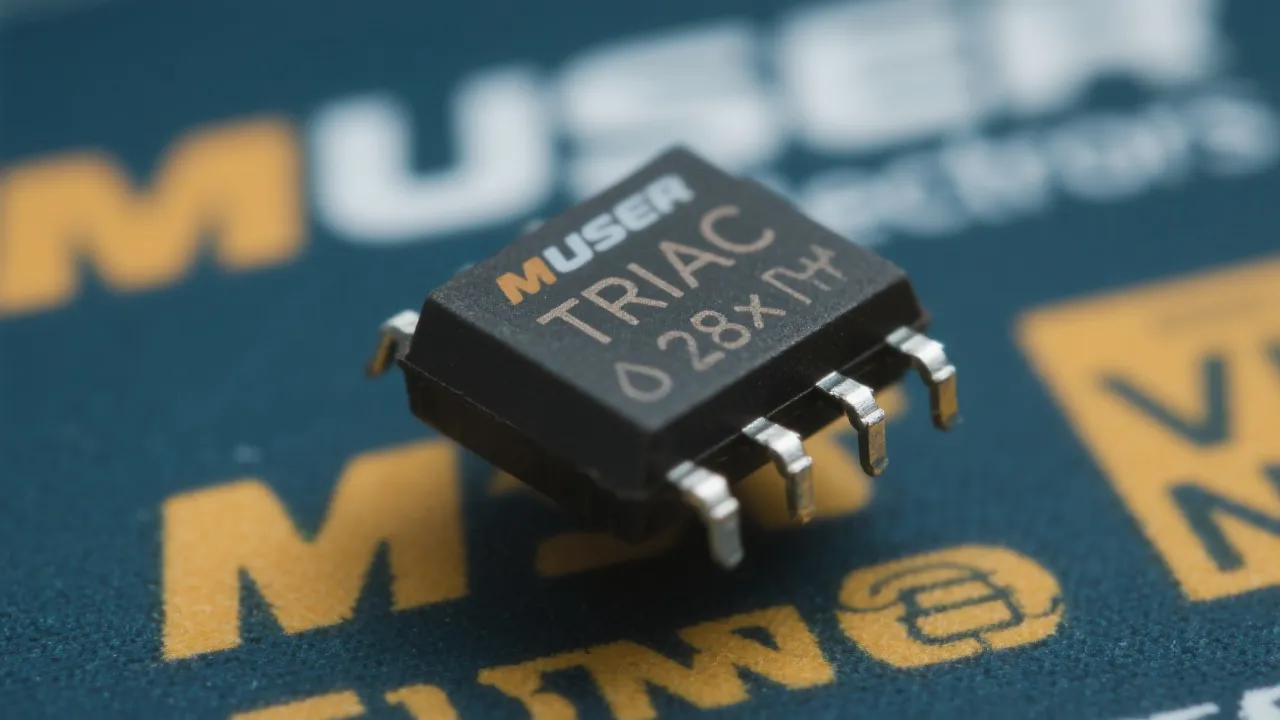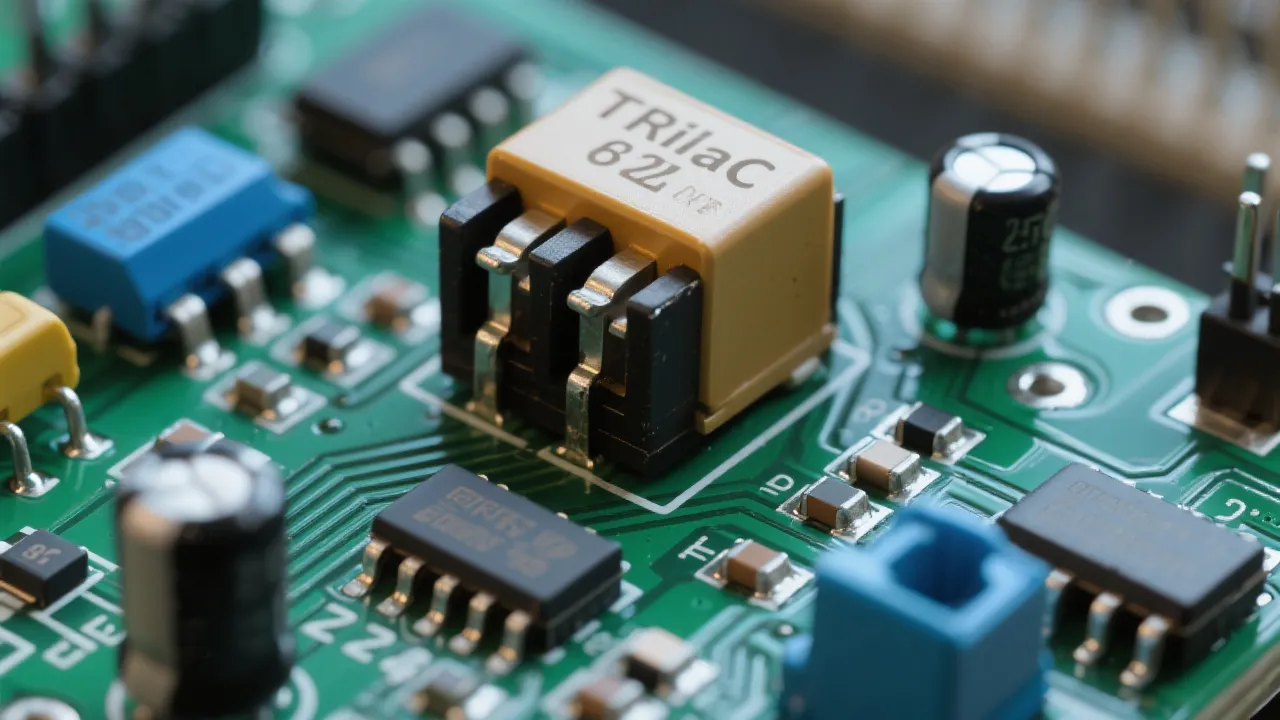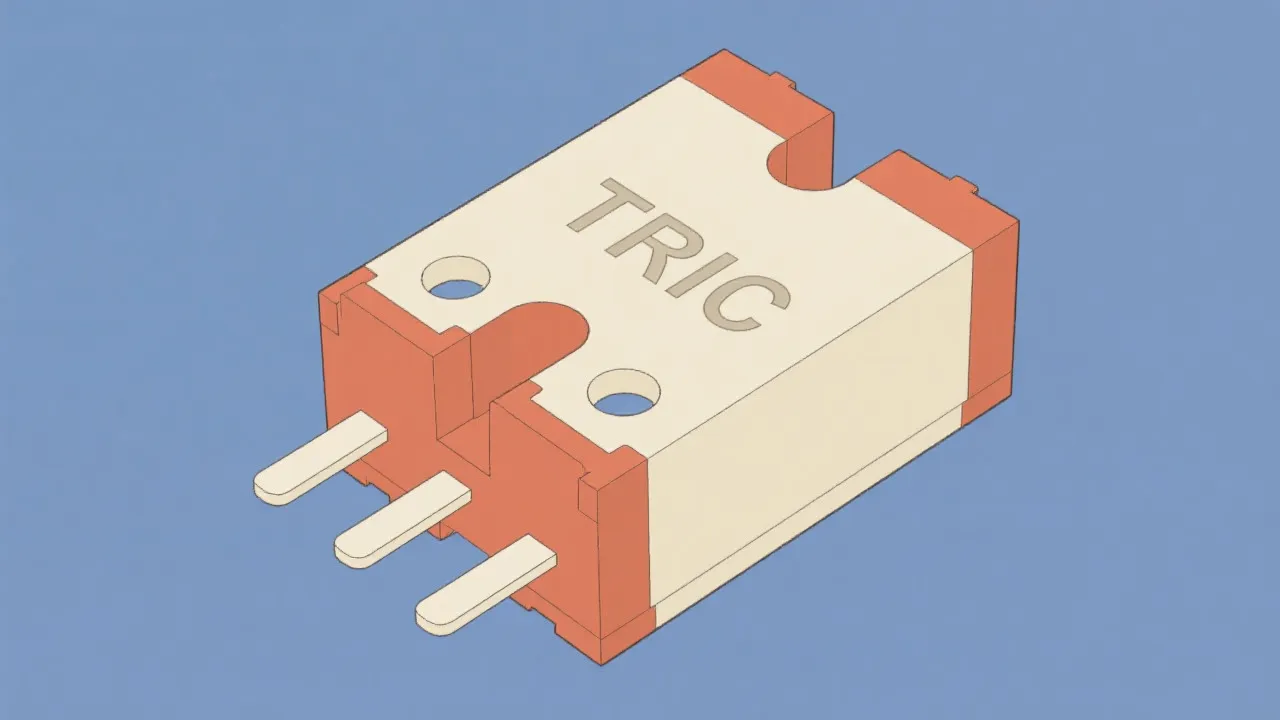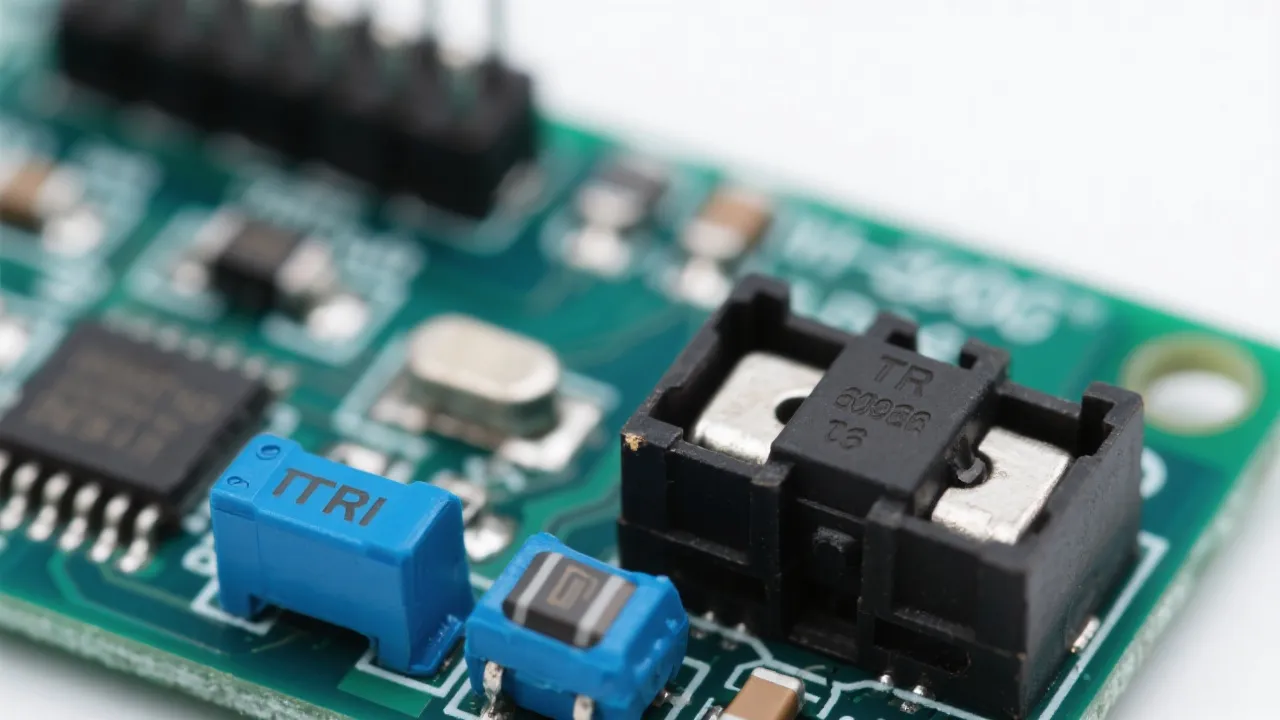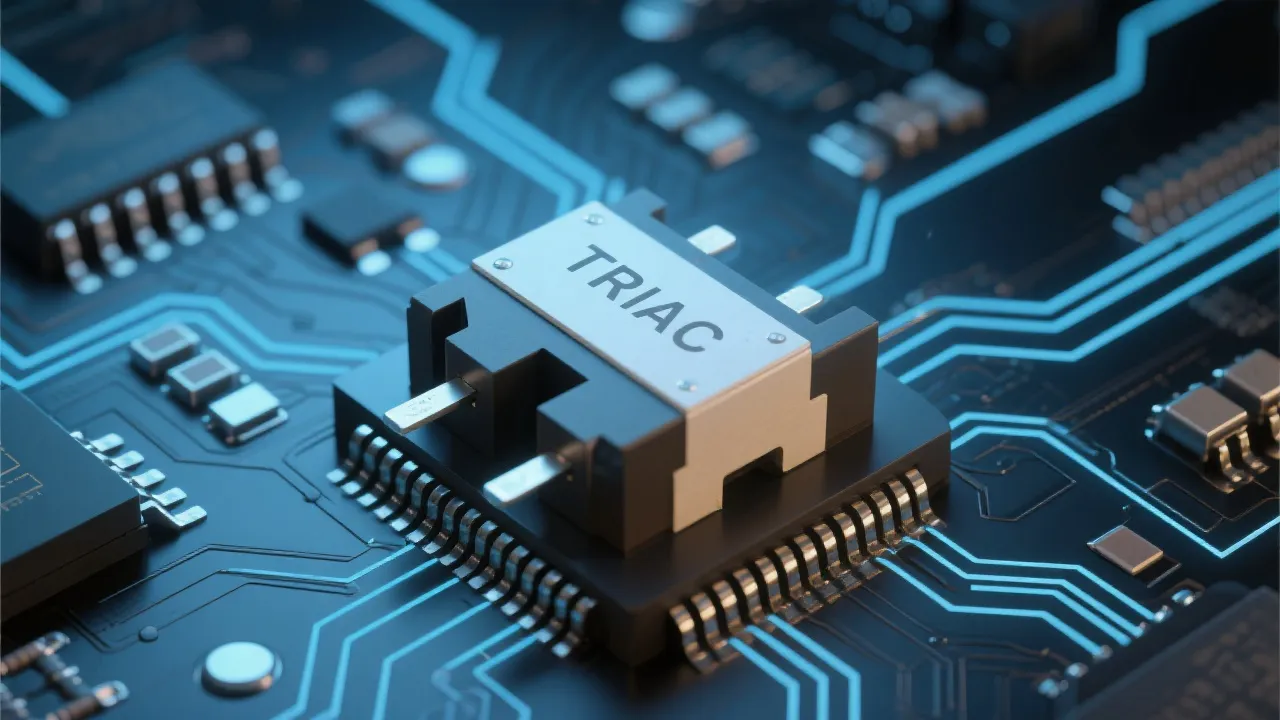Understanding OPGW and OPLAT Integration
Optical Ground Wire (OPGW) and Optical Power Line (OPLAT) are critical components in modern electrical infrastructure, especially for utility providers seeking to enhance communication and power distribution efficiency. OPGW combines the functions of grounding and data transmission in electrical grids, while OPLAT integrates power and communication lines for improved utility management.
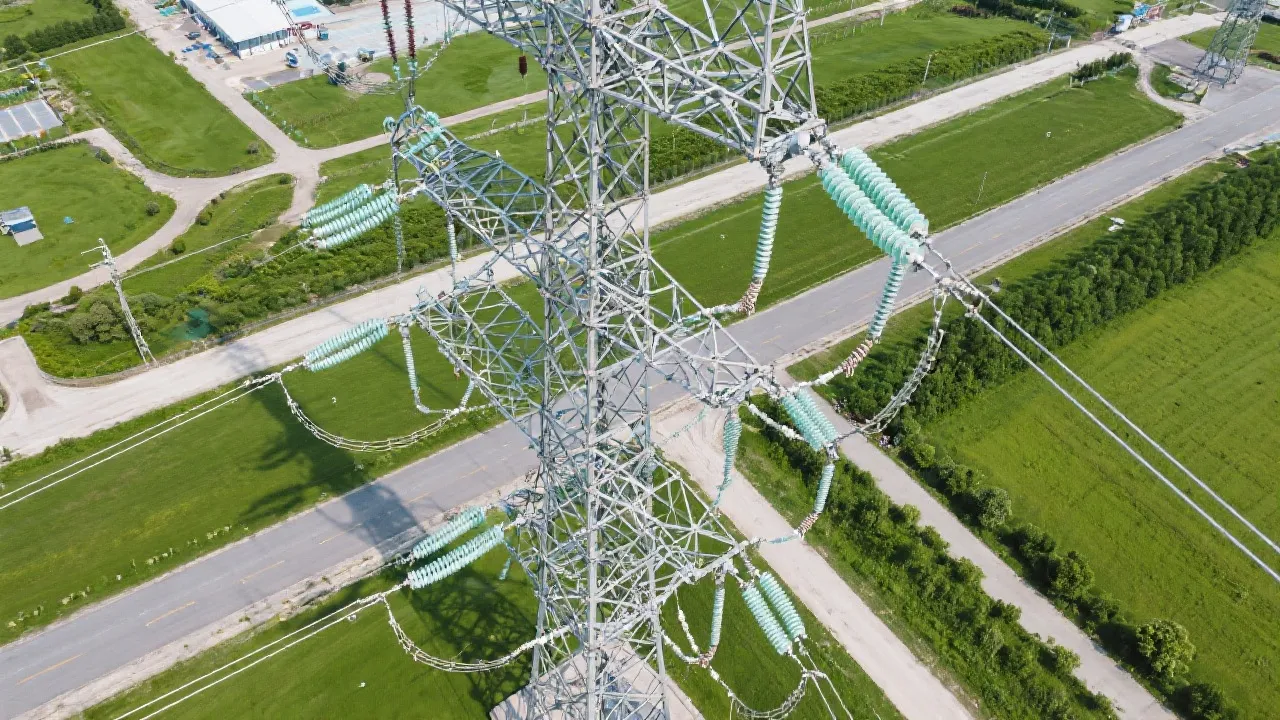
The Evolution and Role of OPGW in Modern Infrastructure
Optical Ground Wire (OPGW) is a critical component of today's high-voltage electricity transmission systems. Integrated into the top of overhead power lines, OPGW provides essential grounding for lightning strikes while simultaneously enabling high-speed data transmission. Historically, the need for such technology arose from the growing demand for efficient, reliable energy distribution networks that support modern communication needs. Over the decades, as energy consumption has increased and the global push for renewable energy solutions has intensified, OPGW has evolved to meet these challenges head-on. Not only does it maintain the integrity of power networks, but it has also transitioned to facilitate the future of smart technology and intelligent communication systems.
What Makes OPGW Essential?
The dual functionality of OPGW means that it performs two critical roles: protecting infrastructure from electrical surges, such as lightning, and serving as a communication pathway. The embedding of fiber optics within the ground wire allows for efficient data transfer, crucial for monitoring grid performance and facilitating smart grid technologies. This integration is invaluable as it leverages existing infrastructural paths without additional overhead. Moreover, the sophistication of OPGW cables allows for high transmission bandwidth while maintaining their primary function of grounding. This quality is paramount in an era where reliable data communication is as critical as the energy it supports.
The Technological Framework of OPGW
OPGW is constructed from a combination of aluminum alloy and optical fibers, providing a robust and lightweight solution that can withstand the numerous environmental stresses typically found in power transmission environments. The aluminum outer layer not only offers necessary strength but is also designed to handle significant thermal expansion and contraction, ensuring longevity and reliability.
The optical fibers embedded within the OPGW are capable of transmitting data at extraordinarily high speeds, often exceeding gigabit levels. These fibers can be single-mode or multi-mode, optimized according to the specific requirements of the network they're integrated into. Such high-speed capabilities enable real-time monitoring of power lines, allowing for immediate detection of faults or deteriorations in the infrastructure, thereby enhancing operational responsiveness.
OPLAT's Unique Contribution to Electrical Systems
Optical Power Line (OPLAT) takes a different approach by integrating communication capabilities directly into the power lines themselves. This innovative method ensures seamless data transmission across distribution systems. By embedding fibers within the conductors, using the line’s electromagnetic field to power communication equipment, OPLAT enhances the self-sufficiency and efficiency of power grids.
This architecture mitigates the need for separate systems for power transmission and data communication, which translates to reduced operational costs and increased reliability. OPLAT also simplifies the upgrade process for existing lines, as the inherent design allows for the addition of communication capabilities without significant infrastructural changes. This ease of integration is particularly beneficial for urban environments where overhead space is limited and traditional cabling strategies can prove cumbersome.
Comparing OPGW to OPLAT
When deciding between OPGW and OPLAT, several factors come into play. Here is a concise comparison:
| Feature | OPGW | OPLAT |
|---|---|---|
| Functionality | Combines grounding and high-speed data transmission | Integrates communication directly within power lines |
| Installation | Top of overhead power lines | Within power line conductors |
| Cost | Higher initial outlay due to dual functionality | Potentially less costly; fewer lines required |
| Efficiency | Highly reliable during adverse weather due to grounding capabilities | Can be more efficient in urban settings where fewer lines are feasible |
| Operational Flexibility | Allows for future expansion of communication systems | Integrates seamlessly with existing transmission lines |
| Data Rates | Supports very high data rates suitable for monitoring | Capable of prioritizing instantaneous communication over power transmission |
Installation Guidelines and Considerations
Implementing OPGW and OPLAT requires thorough planning and adherence to safety and regulatory standards. Here are the general steps involved and conditions to consider:
- Initial Assessment and Planning: Evaluate the electrical infrastructure and communication needs. This step involves collaborating with engineers and technicians to identify the best configuration to meet local demands.
- Cost Analysis: Consider both direct costs (materials and labor) and indirect costs (downtime, training). A comprehensive cost analysis helps in understanding the return on investment and operational efficiency improvements.
- Regulatory Compliance: Ensure adherence to local and international standards regarding power line installations. Regulatory bodies often impose specific guidelines, and failure to comply can lead to costly fines and operational setbacks.
- Installation Process: Follow meticulous procedures for deploying cables to ensure durability and safety. A well-defined installation protocol not only assures quality but also guarantees that the system is strategically positioned to withstand environmental challenges.
- Testing and Integration: Conduct testing to ensure performance metrics are met and seamlessly integrate with current systems. Comprehensive testing includes performing signal integrity assessments and confirming that all components work efficiently both independently and as part of a larger network.
Expert Insights on Future Trends
The evolution of the OPGW and OPLAT technologies is largely driven by the increasing demand for smart grid technologies and renewable energy sources. Industry experts predict that the integration with renewable energy solutions, such as solar and wind energy, will spur further technological advancements and adoption within utility sectors. As nation-wide investments in renewable energies grow, the infrastructure will also need to adapt, making SOGW technologies critical components of this transformation.
Moreover, advances in artificial intelligence (AI) and machine learning (ML) technologies may revolutionize the way data is handled within these systems. The integration of smart monitoring systems that use OPGW and OPLAT would provide substantial benefits, allowing utility companies to optimize load balancing, manage energy distribution dynamically, and promote sustainable practices within the grid.
In addition, discussions around cybersecurity in relation to data transmission systems will come under more scrutiny. As more companies shift toward smart grids that rely on data-driven decision processes, the potential for cyber-attacks also grows. Thus, enhancing the security measures across all grid technologies will be essential.
FAQs
- What is the primary advantage of OPGW over traditional grounding wires? OPGW offers the dual benefit of protecting against electrical faults and providing a communication pathway, making it highly efficient. Traditional grounding wires lack the integration of communications technology, which limits their functionality in modern infrastructures.
- Is OPLAT more cost-effective than OPGW? While it depends on the specific application and location, OPLAT can often be less expensive due to its simpler integration into existing power lines, and it may lead to reduced overall installation costs.
- Are there any environmental concerns associated with OPGW and OPLAT technologies? Both technologies are designed to minimize environmental impacts by using existing infrastructure pathways and improving grid efficiency. Their design also adheres to environmental regulations which further minimizes disruption to local ecosystems.
- How do OPGW and OPLAT compare in terms of maintenance and operation? OPGW and OPLAT both require regular maintenance to ensure optimal performance, but OPGW might necessitate more extensive checks on the grounding capabilities. OPLAT, being embedded within conductors, may require less frequent maintenance checks but could involve more complex solutions if internal issues arise.
- What industries are likely to adopt OPGW and OPLAT technologies in the near future? Apart from traditional utility companies, sectors such as transportation (railways, roads) and telecommunications are expected to increasingly leverage these technologies to enhance their operational frameworks, ensuring robust and effective communication channels.
Conclusion: Future Outlook on OPGW and OPLAT
The landscape for Optical Ground Wire (OPGW) and Optical Power Line (OPLAT) technologies continues to evolve as global energy demands increase and the need for connectivity becomes even more critical. With the ongoing advancements in renewable energy integration, machine learning applications, and the development of smart grid infrastructures, OPGW and OPLAT are positioned to play a pivotal role in shaping the future of electrical infrastructure.
Investing in these technologies will drive more efficient power distribution while simultaneously providing the necessary communication frameworks for monitoring and data analysis. As utility companies and infrastructure developers explore innovative solutions, prioritizing OPGW and OPLAT systems will not only enhance operational efficiencies but also contribute to a sustainable energy future.
The path towards modernization in power transmission and data communication is laden with challenges, but with the right investment in hybrid systems like OPGW and OPLAT, there is a promising horizon ahead. Future developments will likely focus on refining these systems for improved performance, reliability, and expanded capabilities, ushering in a new era of intelligent energy solutions.






